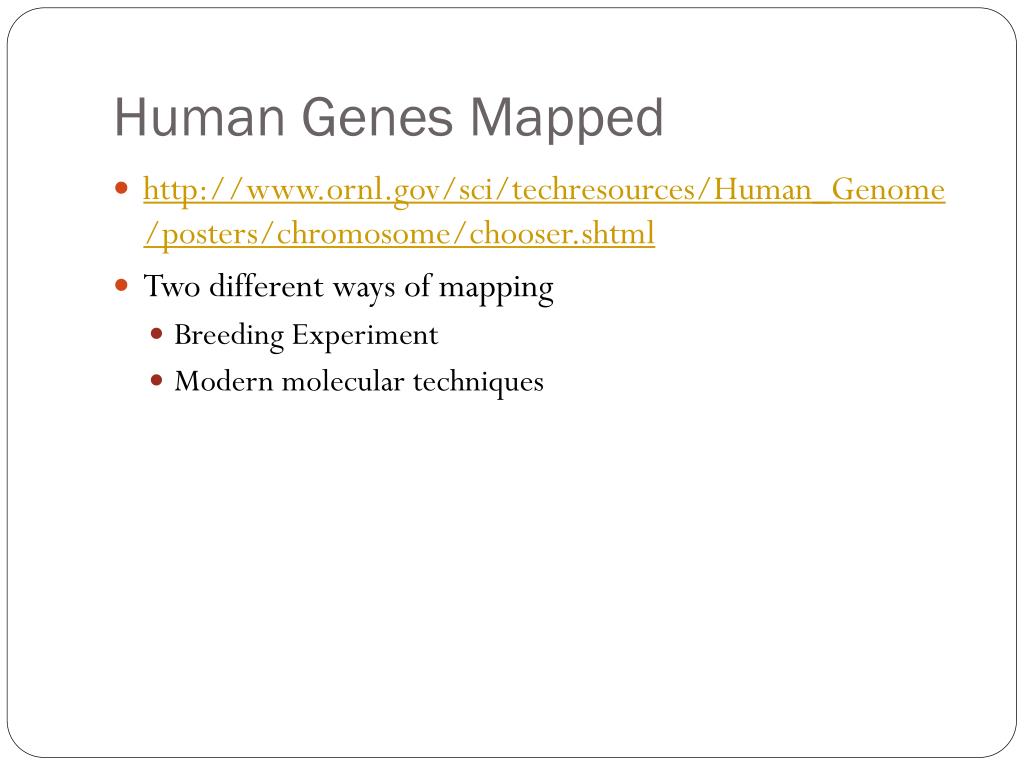
Proteins build tissues, and tissues build the organs that make up our body. Proteins build all living structures as well as acting as catalysts (enzymes) that control biochemical reactions. Amino acids then combine together to build proteins. These are triplets of base pairs that provide a ‘code’ for the production of a particular amino acid. Within a gene, the base pairs are read in sets of three and those sets are called codons. Genes contain information to make proteins While most of the junk DNA comes from copies of virus genomes that invaded our distant ancestors, new studies suggest much of this DNA may have also gained functions during our evolution. Turns out, though, that at least some of this ‘junk’ is actually pretty useful-it’s used to define where some genes start and finish, and to regulate how the genes behave. Genes make up only around 1.5 per cent of our DNA-the rest is extra that initially didn’t appear to have any specific purpose, and was dubbed ‘junk DNA’. Some genes are small, only around 300 base pairs, and others contain over one million. These stretches of DNA are known as genes. Their base pair sequence is used to create the amino acids that join together to make a protein. Rather, within this long string, there are distinct sections of DNA that affect a particular characteristic or condition.

They aren’t just random lists of information though. If they were all written out as a list, they would fill around 10,000 epic fantasy-novel-sized (think Game of Thrones thickness) books. Three billion is a lot of base pairs, and together they contain an enormous amount of information. Egg and sperm cells have only one copy of each chromosome so that when they come together to form a baby, the baby has the normal 2 copies. We receive 23 from our mother and 23 from our father. The DNA of the human genome is broken up into 23 pairs of chromosomes (46 in total). No two people have exactly the same DNA sequence (except for identical twins, because they came from a single egg that split into two, forming two copies of the same DNA). However, there are small differences in the order of the three billion base pairs in everyone’s DNA that cause the variations we see in hair colour, eye colour, nose shape etc.

The base pair sequence of all people is nearly identical-that’s what makes us all humans. The DNA sequence of the base pairs in a fish’s DNA is different to those in a monkey. It’s the order in which the base pairs are arranged-their sequence-in our DNA that provides the blueprint for all living things and makes us what we are. This amounts to a DNA molecule about a metre long. Put three billion of these base pairs together in the right order, and you have a complete set of human DNA-the human genome.


 0 kommentar(er)
0 kommentar(er)
